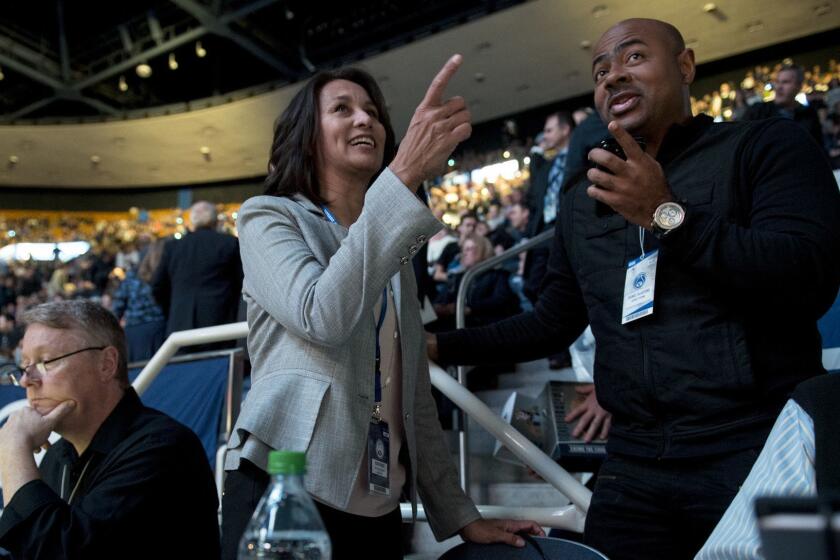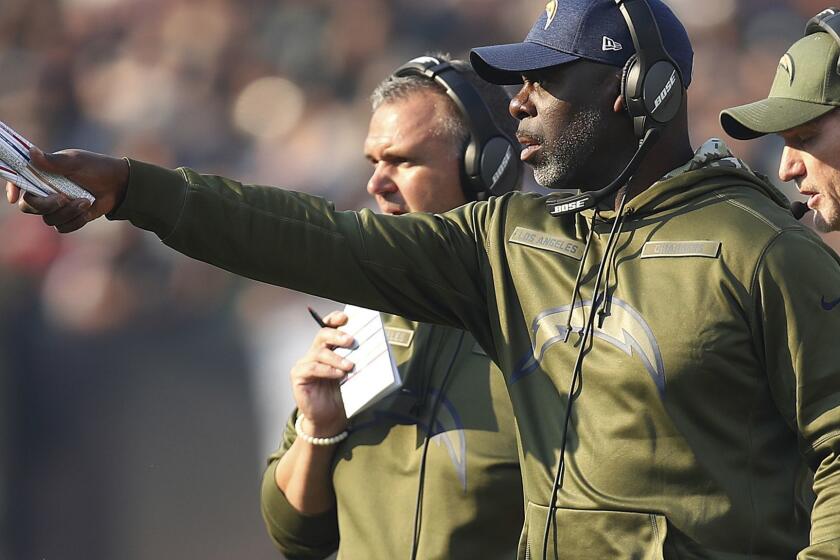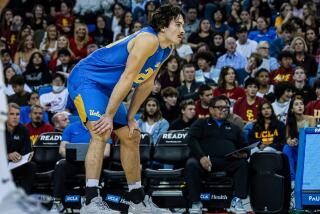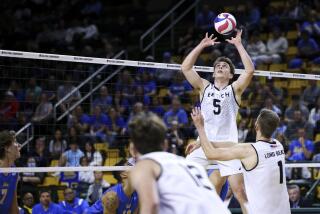Student-athlete experience at mid-majors could drastically change over COVID-19
Ashley Lahey plays on picturesque courts overlooking the ocean, works out in a fully stocked gym and travels to the most competitive tournaments. The Pepperdine women’s tennis player has coaches who know her game better than anyone, teammates who support her and a strength and conditioning staff that builds her up.
“There’s very few places in the world where you get to train with that kind of environment,” said Lahey, the No. 1-ranked NCAA women’s tennis player last season.
As athletic departments across the nation brace for the economic fallout from the coronavirus outbreak, student-athletes are caught in the crosshairs of potentially significant budget cuts. For mid-major schools already without lavish resources to spend on multi-million-dollar facilities or chartered flights, trimming could quickly turn into amputating.
“We don’t have fat,” Long Beach State athletic director Andy Fee said. “When someone says to cut at Long Beach State, we would be cutting into muscle.”
The muscle is what Fee calls “the student-athlete experience.” But the experience isn’t about the amenities, Lahey said. It’s about the people who have shaped her time in Malibu.
Mid-major conferences know the coronavirus pandemic will force cuts in athletic department budgets. The question is how deep, says Long Beach State’s Andy Fee.
“We have smaller resources, but the people are great,” said Lahey, a three-time Intercollegiate Tennis Assn. All-American. “The way we use our resources is what makes us really special.”
Lahey values her time at Pepperdine so much that she plans to take advantage of the NCAA’s additional eligibility and return next season. Being with her teammates and coaches for a few extra months is worth more than the professional points she could earn playing during the spring, she said.
At Long Beach State, Fee said he believed roughly 20 to 30 spring sport seniors expressed interest in returning next year. He won’t turn any seniors away, but the tough decisions are already beginning: There is a roughly $175,000-$200,000 gap of additional scholarship costs if all those athletes were to return.
Scholarships are the “lifeblood of what we do,” Fee said, and to have to acknowledge that the athletic department might not be able to finance them for seniors hoping to finish their collegiate athletic careers on their own terms seems to pain the third-year athletic director.
“There’s things that we can live without,” Fee said, “but I don’t think we can live without scholarship opportunities for student-athletes.”
Fee said his primary concerns are saving “people and programs.” He doesn’t want to cut any of the school’s 19 sports programs. Pepperdine athletic director Steve Potts also struck down the possibility of cutting programs. Among Division I schools, 30 programs already have been cut because of the pandemic.
“It’s just a matter of trying to figure out how we can best tighten our belt without damaging our teams and student-athletes,” Potts said, “making sure we provide the same experience the best we can so all of our programs can continue to improve and grow.”
The prospect of having his season canceled is “unbearable,” Long Beach State men’s basketball player Colin Slater said. The Tulane transfer came to Long Beach State when he was wowed by a visit to the Pyramid. He was so enamored by the facility that instead of going to see a movie during his recruiting visit as planned, he stayed to work out.
Two years after transferring, the junior said his Long Beach State experience has been everything he thought it would be, except for the two losing seasons. Slater especially cherishes the relationships he’s developed with alumni.
“I haven’t had an experience like the one I’ve had here with alums where I can text them and we can talk,” said Slater, who averaged 10.2 points per game last season. “The relationships mean a lot to me.”
Athletic directors may have to rely on those relationships while they think of creative ways to balance the books. Long Beach State and Pepperdine both participated in Giving Tuesday last month as many organizations searched for donations during a special pandemic-motivated version of the global charity event.
Reducing travel is also on the table, Fee said, as he thinks the Long Beach State sports teams will stay mostly in California this coming year, except when contractually obligated.
The Chargers coach shares his thoughts on George Floyd’s death, his relationship and experience with law enforcement and Colin Kaepernick.
Last year, Long Beach State’s teams played 27 total nonconference, regular-season events or tournaments outside of California. The men’s volleyball team, the two-time defending NCAA champion, also added an exhibition tournament in Canada.
When presented with the hypothetical idea of being limited to competitions in California, Lahey wasn’t fazed.
“A match is a match,” she said.
Whether in Malibu, other parts of California or anywhere in the United States, Lahey hasn’t judged her experience on the perks she received or those that she didn’t. While other schools tout lavish student-athlete lounges and facilities, Lahey is content knowing that she still achieved her main goal.
“I felt like I had everything that I needed to improve my game,” she said. “All of the other things were just unnecessary accessories.”
More to Read
Go beyond the scoreboard
Get the latest on L.A.'s teams in the daily Sports Report newsletter.
You may occasionally receive promotional content from the Los Angeles Times.













